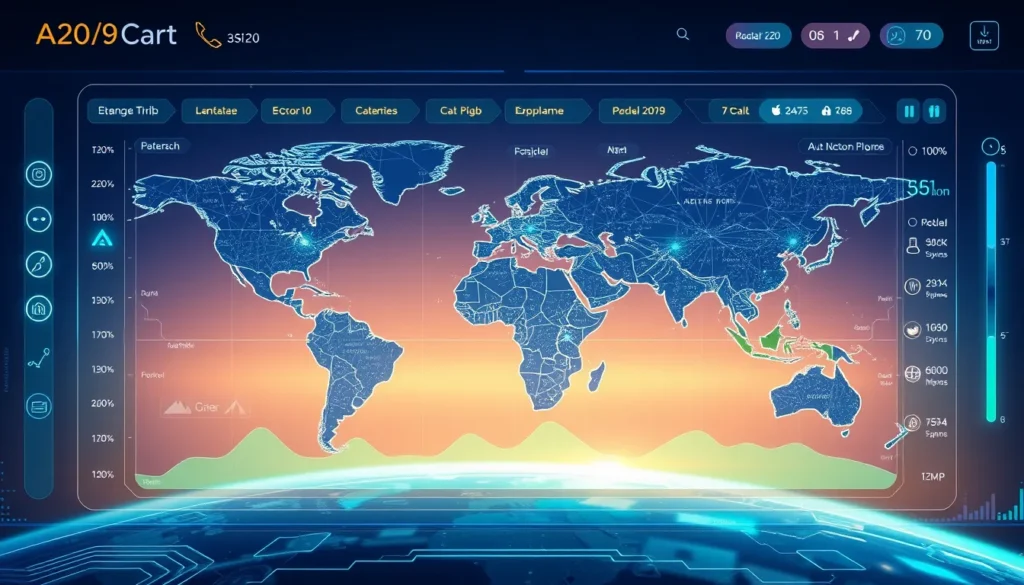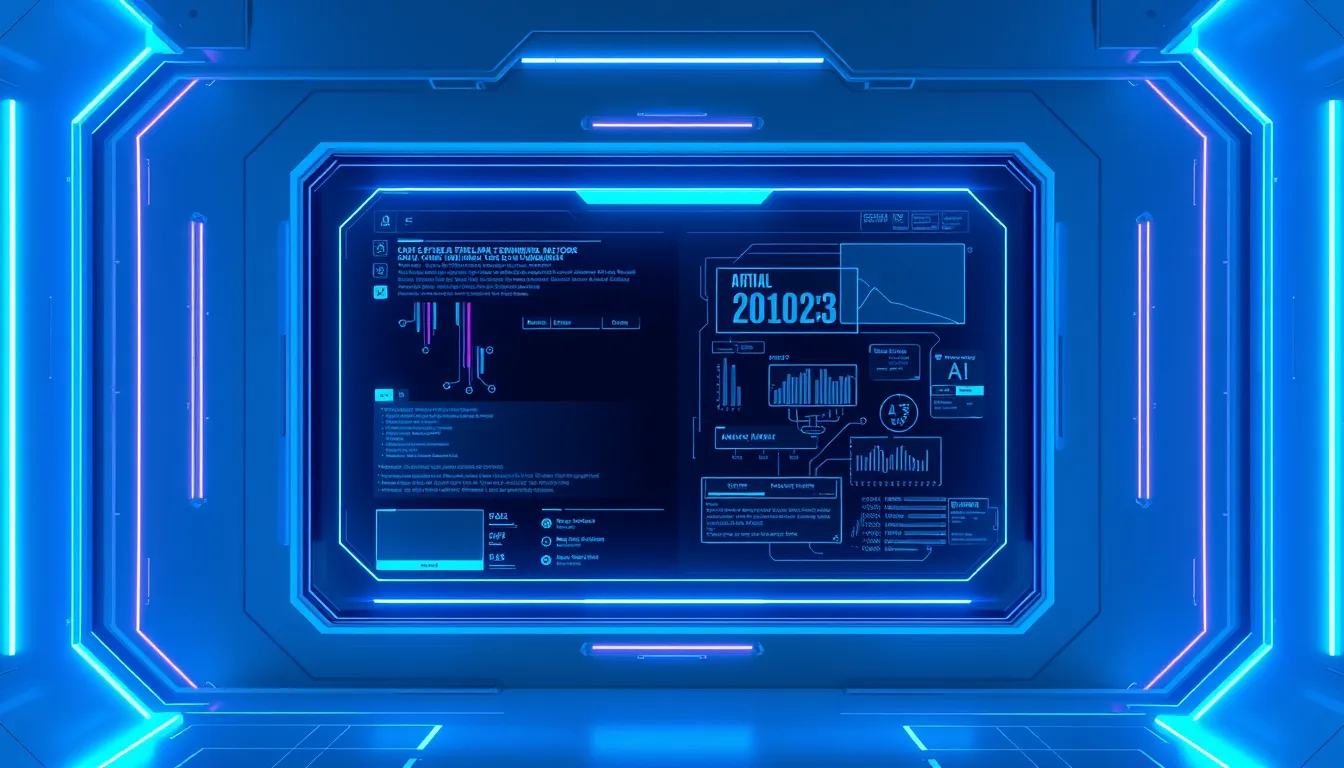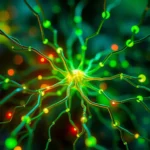Now Reading: Revolutionary AI in Healthcare Diagnostics for Better Outcomes
-
01
Revolutionary AI in Healthcare Diagnostics for Better Outcomes
Revolutionary AI in Healthcare Diagnostics for Better Outcomes

Revolutionary AI in Healthcare Diagnostics for Better Outcomes
Introduction
In today’s fast-evolving medical industry, AI in healthcare diagnostics is at the forefront of revolutionizing patient care. With applications ranging from medical imaging to disease prediction, the advancements in AI technologies are reshaping the face of diagnostics. This article explores how AI in healthcare diagnostics enhances diagnostic accuracy, improves medical imaging, and drives better patient outcomes.
Understanding AI in Healthcare Diagnostics
Artificial Intelligence (AI) in healthcare involves algorithms and computer systems designed to perform tasks that normally require human intelligence. Specifically, in diagnostics, AI is used to analyze complex medical data, enabling faster and more accurate interpretations of imaging studies and lab results. The technology supports healthcare professionals by reducing human error and streamlining diagnostic processes.
Key Benefits of AI in Healthcare Diagnostics
-
Enhanced Diagnostic Accuracy:
- AI systems help minimize errors by providing precise, data-driven interpretations of diagnostic tests.
- Studies have shown that integrating AI increases the accuracy of medical imaging analysis, leading to early detection of diseases.
-
Improved Medical Imaging:
- Advanced imaging techniques powered by AI can detect subtle abnormalities that might be overlooked by the human eye.
- Technologies such as deep learning and neural networks support radiologists in interpreting scans more effectively.
-
Faster Turnaround Times:
- Automated diagnostic tools shorten the time required to analyze and report imaging results, which is crucial in emergency situations.
- Quick diagnosis leads to timely treatment, significantly impacting patient outcomes.
-
Better Resource Management:
- AI optimizes healthcare resources by reducing the need for multiple tests and redundant procedures.
- Hospitals can allocate resources more efficiently, ensuring quality patient care.
Real-World Applications
One of the most transformative impacts of AI in healthcare diagnostics is in disease prediction. AI algorithms analyze patient data to predict the likelihood of conditions such as cancer, heart disease, and diabetes. For instance, using large datasets from various populations, these systems learn to identify risk factors and subtle patterns that indicate the onset of a disease.
Hospitals worldwide are adopting AI solutions to support medical imaging departments. Renowned institutions have integrated AI tools that assist radiologists in reading X-rays, CT scans, and MRI images. Additionally, companies like OpenAI are pioneering research in medical AI, setting standards that help drive the industry forward.
Challenges and Future Directions
Despite its promising benefits, integrating AI in healthcare diagnostics comes with challenges:
- Data Privacy and Security: Patient data must be handled with strict adherence to privacy laws. Ensuring secure data storage and transmission is paramount.
- Integration with Legacy Systems: Incorporating AI seamlessly into existing hospital IT infrastructures can be complex and costly.
- Bias in AI Algorithms: AI systems require diverse and comprehensive data to avoid biases that might affect diagnostic accuracy. Continued research and ethical considerations are essential to address these issues.
Looking forward, advancements in AI technology are likely to overcome these challenges. Ongoing research is focused on optimizing algorithms and ensuring that AI systems are more inclusive, accurate, and secure.
How AI Improves Diagnostic Accuracy
An important aspect of this technological revolution is understanding how AI improves diagnostic accuracy. The integration of AI in diagnostics often involves the use of long-tail techniques such as “how AI improves diagnostic accuracy.” By leveraging machine learning, healthcare providers are better equipped to predict disease progression and personalize patient treatment plans. AI in healthcare diagnostics is continuously refined through feedback, ensuring that the algorithms stay current and effective.
Practical Tips for Healthcare Providers
For medical professionals looking to incorporate AI in diagnostic procedures, consider the following steps:
- Evaluate the system: Research vendors and read case studies to understand the efficacy of AI-powered diagnostic tools.
- Start Small: Pilot the technology in one department before a full-scale rollout.
- Continuous Training: Ensure that staff are well-trained on new tools to maximize usage and accuracy.
Conclusion
AI in healthcare diagnostics is undeniably transforming the landscape of modern medicine. From enhanced diagnostic accuracy to improved medical imaging, the benefits of adopting AI technology promise better outcomes for patients and more efficient healthcare systems. As we overcome challenges related to data security and algorithm bias, the future of AI in healthcare diagnostics looks promising, marking a significant leap forward in medical technology.
In conclusion, the journey toward integrating AI in healthcare diagnostics is paved with both challenges and opportunities. As healthcare systems adapt to these advances, continuous innovation and adherence to ethical practices will ensure that patient care is always at the forefront of this revolution.

























